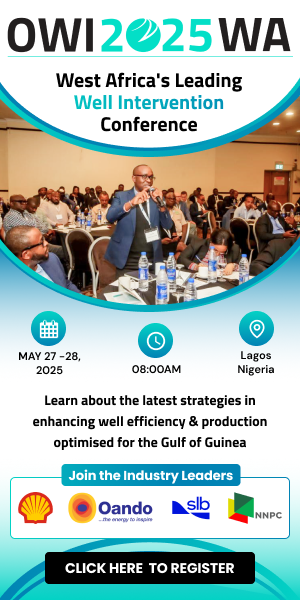
Indeco discussed new products and business plans at a bauma press conference. (Image source: Alain Charles Publishing)
At bauma 2025, Italy’s Indeco, which specialises in hydraulic equipment for earth-moving, demolition and recycling, announced new products and revealed its global expansion plans
New products launched included a new demolition product that will pave the way for a new range. The new IDC primary demolition jaw (IDC 70) is specifically designed for primary demolition work on reinforced concrete structures. This is a very large attachment (3,350mm long by 610 mm wide), designed to optimise the weight to power ratio for precise and efficient operations under all conditions and even at great heights. It features two large cylinders, made to a unique Indeco design, which provide the necessary force (350 bar) in every jobsite condition, fitted with long-life seals that can withstand up to 700 bar. It offers greater jaw opening (1800 mm) compared to similar rival products of the same class, and an innovative interchangeable teeth system which speeds up maintenance operations and reduces machine downtime. The regeneration valve makes the jaw open and close faster under no-load conditions.
The company also introduced three new models of forestry mulching heads which will expand the range of options available for excavators, compact excavators and skid steers, while innovations on the classic hammers include the technological upgrading of the automatic greasing system, along with changes to the control unit circuits. Among the most important accessories for hydraulic hammers, the automatic greasing system is designed to keep the hammers in perfect working order at all times by using the right amount of lubricant and cutting out the machine downtimes needed for manual greasing.
Expansion plans
Discussing the company’s global operations at a press conference, Michele Vitulano, global sales and marketing manager of the company, said that despite a challenging 2024, sales were better than the market average, and are already up by 25% this year.
The company is exploring new product lines, including safety equipment, to expand its offerings and meet customer needs, attaching importance to having a diverse product portfolio to cater to different market segments and customer requirements. Continuous product improvements in order to satisfy the broadest range of differing operator needs mean the Indeco range of hammers is particularly extensive, featuring 23 models with around 50 different combinations, and the company has continued to expand its range in other areas with the introduction of new products intended for the broadest fields of application: from recycling to material handling, from loading to forestry handling.
In 2024, Indeco reinforced its North American presence with the opening of Indeco Canada. The company is expanding its dealer network globally and has consolidated its commercial partnerships in regions including Africa and the Middle East where, through its products and network of retailers, it collaborates in the development of some major infrastructure projects. The company finds the Middle East very price conscious, with strong competition from China, but sees good potential for expansion in Africa, given the size of the market, and is doing well in some countries. “The challenge is to find a dealer or importer to provide a service, as it is not always easy from a logistics point of view,” said Vitulano, adding that the various number of attachments involved poses an additional challenge.
At the press conference, the company announced it will be establishing an operation in India by the end of this year with an Indian partner. Indeco has seen strong growth in this market by working with a number of local partners, and is price competitive here due to the tariffs applied to Chinese and South Korean products. The India hub could potentially play a role in expanding sales to Africa, given the links between India and the continent and the fiscal and tariff advantages, Vitulano said.
























